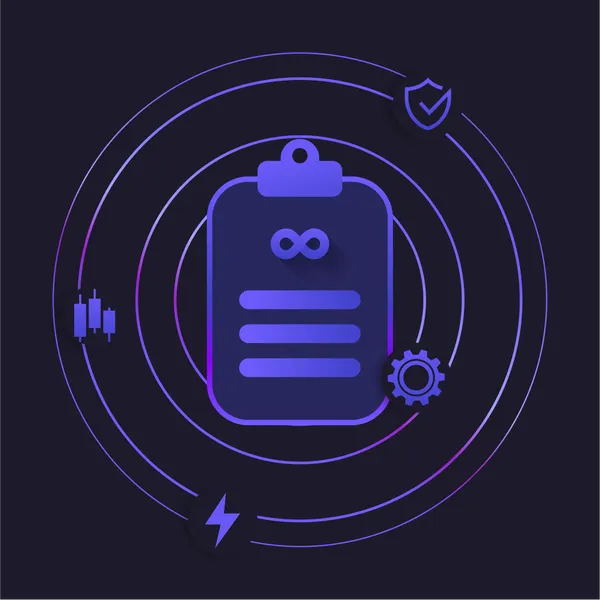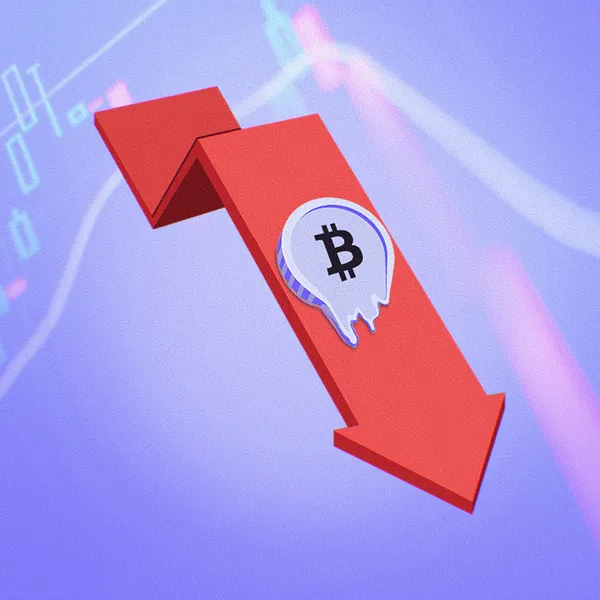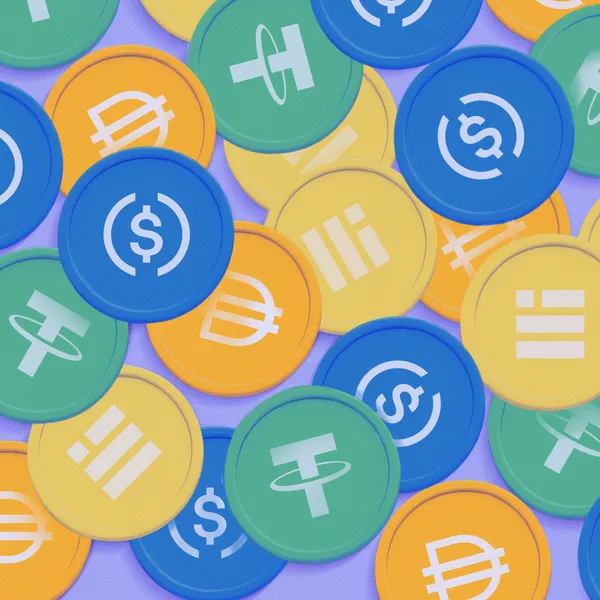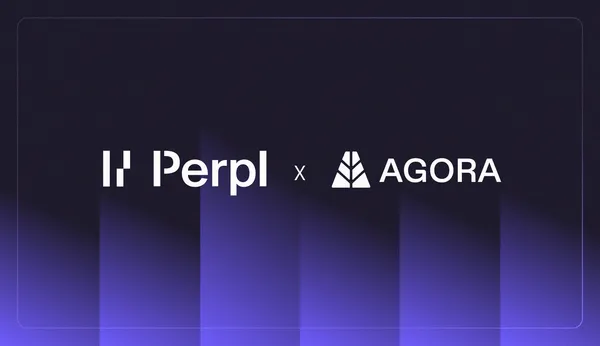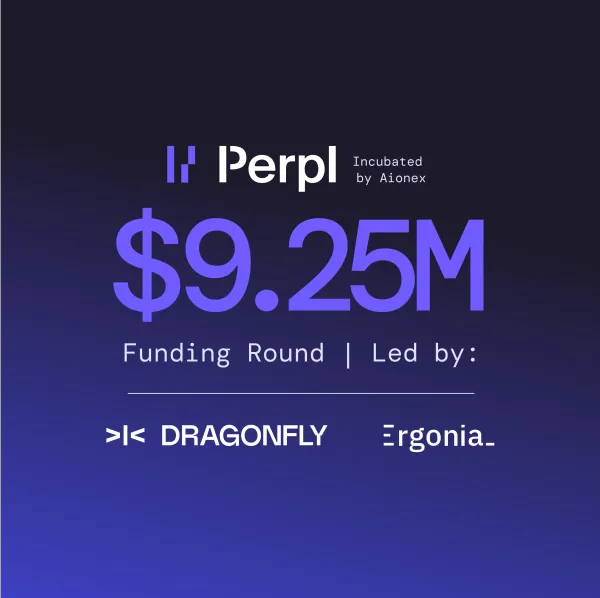When trading perps, understanding different order types is essential for managing risk and executing profitable strategies. Below, we cover some of the most common order types used by traders, providing clear explanations, strategic use cases, and practical examples to guide traders effectively on when and how to use each one.
Market Orders
Market orders execute immediately at the best available market price. These orders prioritize execution speed over price accuracy, making them ideal when timing is critical. These orders use the current market price to execute the trade.
For example, if BTC suddenly has positive news come out a trader might immediately place a market order to capture potential upward momentum. Conversely, if Ethereum experiences a sudden drop, placing a market sell order allows a trader to rapidly exit the market and prevent further losses. Essentially, market orders act like a spot trade.
Be aware of potential slippage, especially during volatile conditions, as large orders might execute at less favorable prices.
Limit Orders
Limit orders enable traders to specify the exact price at which they want to buy or sell. This order type ensures that trades will only execute if the market reaches a desired price, offering precision and control.
For instance, if BTC is trading at $100,000 but a pullback is anticipated, traders might set a limit buy order at $75,000 executing only if Bitcoin dips to this level. Similarly, if BTC is at $90,000 and a short rally is expected, setting a limit sell order at $100,000 locks in profits automatically when this price is reached. Limit orders can be “stacked” to scale into or out of a trade - a trader can set up either entry or exit levels and set limit orders to automatically position according to the trader’s preferences.
However, keep in mind that limit orders do not guarantee execution if the market doesn't reach a specified price. Prices can fall short of a given order execution and limit orders can be left open. Limit orders can easily be cancelled as well but it is important to ensure they align with your strategy.
Stop-Market Orders
Stop-market orders automatically trigger a market order once a specific "stop" price is hit. They're crucial for managing risk by automatically exiting losing positions or entering new ones on strong price movements.
If a trader bought a perp at $70,000, setting a stop-market sell order at $69,000 can limit potential losses by automatically closing the position if prices fall. Alternatively, if Bitcoin is hovering around $70,000 and a breakout happens at $71,000, placing a stop-market buy order ensures participation in the upward momentum.
The downside is similar to market orders, there is potential slippage during rapid price movements.
Stop-Limit Orders
Stop-limit orders combine the trigger mechanism of stop orders with the price precision of limit orders. Once the market reaches a stop price, a limit order is placed.
For example, Ethereum trades around $1,900, and a trader wants to protect their position from sharp declines without selling below $1,800. Set a stop-limit order with a stop at $1,810 and a limit at $1,800, ensuring the sell is within your acceptable price range. Conversely, if Bitcoin is anticipated to rally above $71,000, traders can set a stop-limit buy order at $71,000 with a limit of $71,100 to control entry price.
Compared to a normal limit order, the stop-limit adds an extra condition (stop price) before entering the market, providing greater control but also adding a risk of the order not being triggered. The risk is that fast-moving markets may bypass your limit price, leaving your order unfilled.
Summary
Market = Speed
Limit = Precision
Stop = Protection
Perpl Tip
Perpl supports all of these order types within a high-performance, fully decentralized CLOB. Beginners gain precise order execution and robust risk control, combined with the reliability and speed essential in perpetual futures markets.


